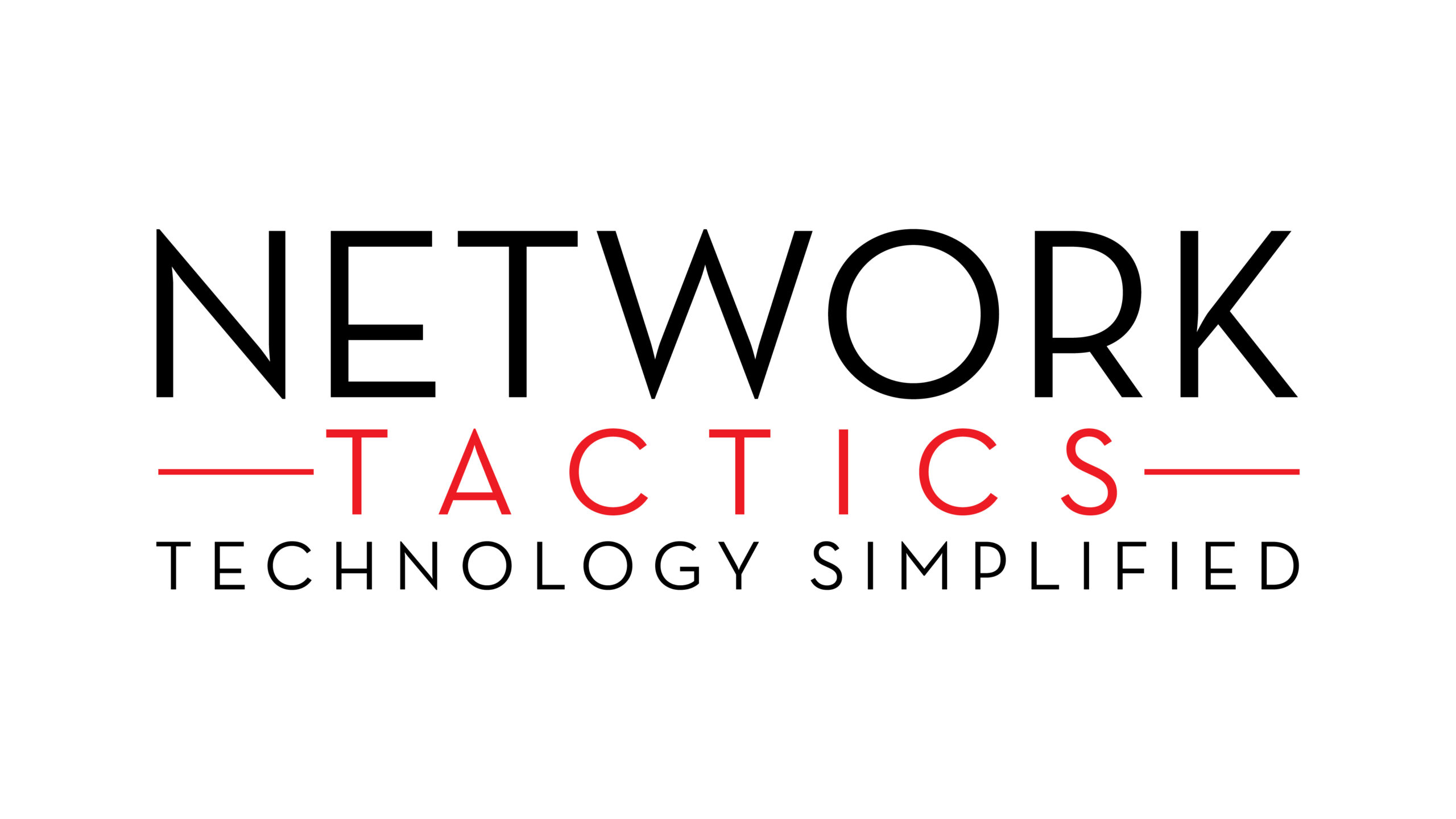A business relies on reliable technology to operate smoothly, but who do you call when your systems crash or your network goes down? Do you wait for something to break or prevent issues before they happen? That’s the core difference between traditional IT support and managed IT services. Both keep your business running, but have different approaches.
Here we help you find the right solution by explaining the difference between IT support vs. Managed IT.
What is IT Support?
IT support is usually an on-demand support that is delivered on an ad-hoc basis to fix the issues when they arise. This service is usually delivered when the server crashes, a malware infection, or a workstation malfunction. This model offers:
- Reactivity in which issues are handled only after they occur.
- Flexibility, you need to pay per incident, block hours, or an annual service fee without long-term contracts.
- Limited in scope because it focuses on immediate fixes rather than long-term planning or system optimization.
What are Managed IT Services?
Managed IT services involve outsourcing the ongoing management and monitoring of your IT environment to a third-party provider. It is known as a Managed Service Provider (MSP). Key characteristics include:
- Offers proactive monitoring and maintenance with continuous eyes on networks, servers, and endpoints to identify and remediate issues before they escalate.
- Always on coverage means the service levels range from business-hours only to 24×7 support, ensuring high availability.
- The scope is wide beyond fixes; MSPs handle patch management, security, backups, and strategic IT planning.
IT Support vs. Managed IT Services
| Factor | IT Support | Managed IT Services |
| Cost Model | Variable, pay-per-use | Predictable monthly subscription |
| Focus | Fixing immediate issues | Preventing future problems |
| Expertise | Limited to specific tasks | Full-team access (e.g., vCIO, SOC) |
| Scalability | Limited flexibility | Built to grow with your business |
| Security | Reactive threat response | Proactive monitoring + compliance |
Strategic IT Planning
With IT Support, there is minimal involvement in long-term planning or aligning technology with business goals. However, Network Tactics Managed IT services in Mandeville include strategic consultation as part of the offering.
MSPs act as a virtual Chief Information Officer to help businesses decide on long-term technology goals, plan for upgrades, and align IT investments with growth.
Vendor Management
With standard IT Support, businesses have to handle multiple third-party vendors like software providers, internet service companies, or hardware suppliers. With this, the issue may take time to resolve.
Managed IT Services providers usually manage vendor relationships on your behalf, like they coordinate software updates, warranty claims, licensing, and support requests.
Compliance and Regulatory Support
IT Support usually solves immediate technical concerns, but rarely includes detailed guidance on compliance issues like HIPAA, GDPR, or specific cybersecurity standards.
Managed IT Services providers often include compliance consulting as part of their package. They help ensure that systems, data handling practices, and security policies meet legal and regulatory requirements.
User Training and Support Resources
With IT Support, user training is limited to specific problem resolutions, with no structured onboarding or education. MSPs frequently provide ongoing training, webinars, documentation, and even simulated phishing tests to educate employees and reduce human error risks.
Technology Standardization
IT support providers work with whatever tech stack the client has in place, which may include outdated systems or inconsistent configurations, which leads to inefficiencies and compatibility issues.
Managed IT Services emphasize standardization. They evaluate and upgrade your systems to ensure compatibility, security, and performance. This proactive approach leads to more efficient operations and fewer IT headaches over time.
How to Decide Which Model Fits Your Business?
Here are a few factors that help you understand:
Business Size and IT Demands
If your business is small with limited infrastructure, needs fewer regulatory requirements, and does not rely much on continuous IT uptime, go for the IT support to get the flexibility and cost control.
For healthcare, retail, or large businesses with multiple locations, cloud integrations, or remote teams, managed IT solutions are the best to prevent downtime and optimize performance.
Budget Flexibility vs. Predictability
IT Support is billed per incident or by block hours, which is cost-friendly, but costs can quickly escalate during periods of heavy IT demand.
Managed IT Services offer a fixed monthly fee that gives a predictable budget and fewer financial surprises. If budget management is a priority for your organization, an MSP is a better choice.
Internal IT Capabilities
If your internal IT team has less knowledge in areas like cybersecurity, compliance, or cloud management, a managed IT Services provider can fill these gaps. MSPs offer 24/7 availability, and companies with strong in-house teams may still use general IT support to expand their staff during emergencies or for specific tasks.
Growth and Long-Term Planning
If your company wants scalable solutions and something more than reactive support then MSPs offer long-term IT planning. It helps align technology with business objectives. If future-proofing your infrastructure is a priority, Managed IT Services are ideal.
Contact Network Tactics in Louisiana!
If your business is in Louisiana, and you are looking for dependable IT support, Network Tactics is the best option. They also offer the best managed IT solutions, including Office 365 backups, network implementation, off-site backups, virus and spyware removal, disaster recovery, and even website and email hosting. They keep your business secure, efficient, and scalable, whether you need everyday computer repairs or a full strategic IT partnership.
Final Words
I hope you now understand the difference between IT Support and Managed IT Services, as it is not just a matter of cost but a strategic decision that impacts your business’s uptime, security posture, and long-term growth. Analyze your current IT challenges, budget constraints, and growth ambitions, then select the model that aligns best with your objectives.
